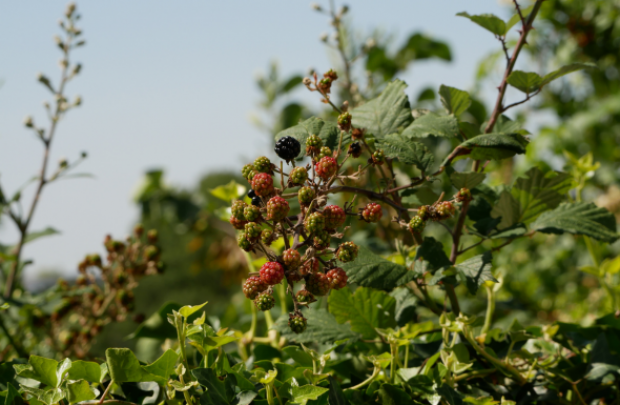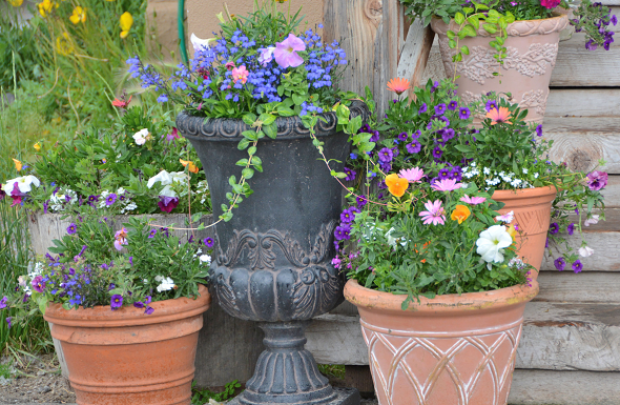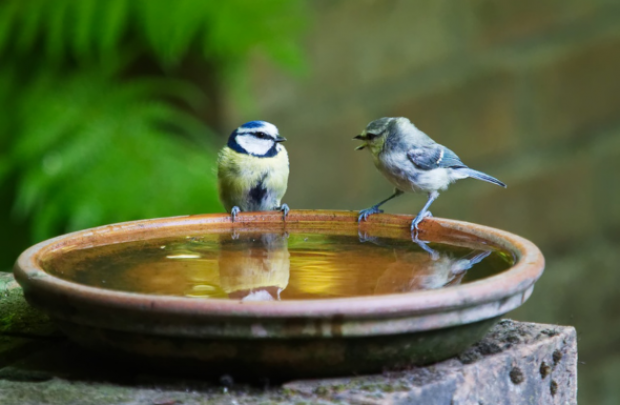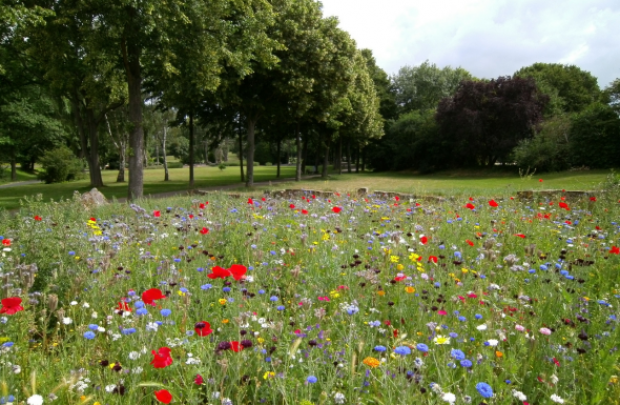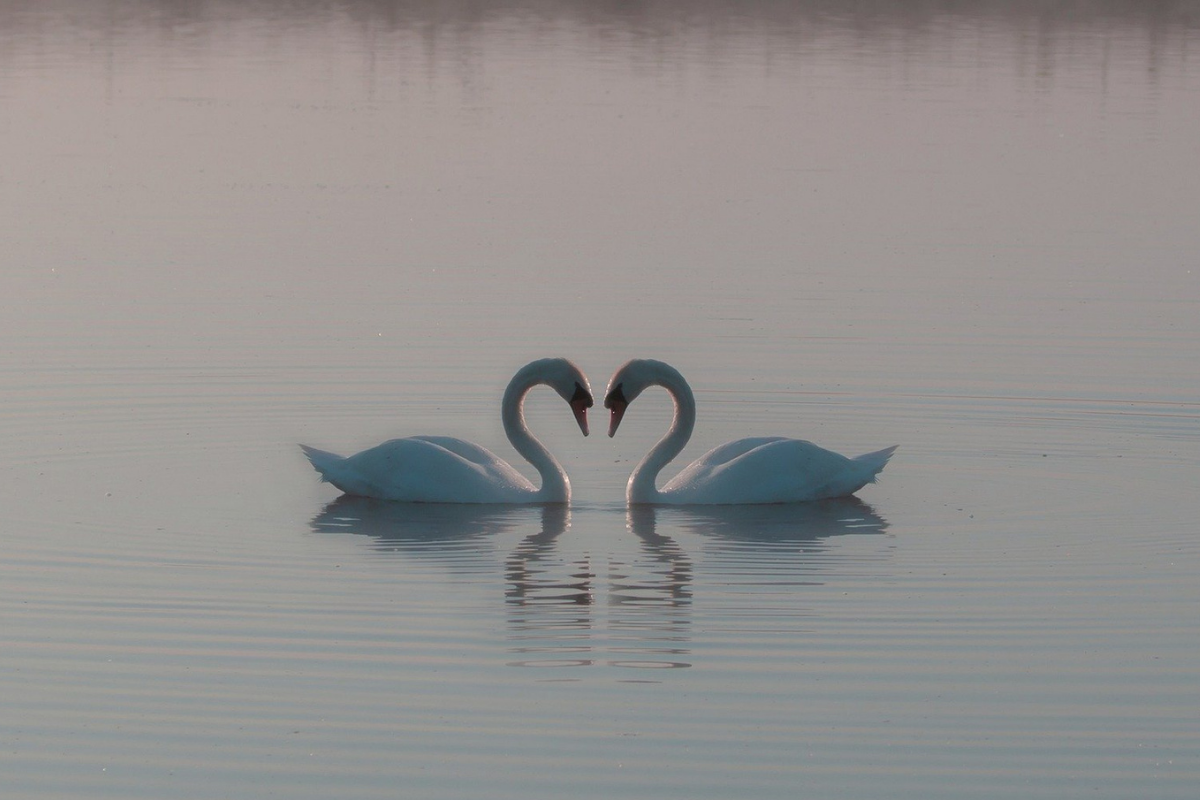
Valentine’s Day in the wild: true romance?
Around Valentine’s Day you’re sure to see an iconic image or two of ‘animals in love’, such as a pair of swans. But don’t be fooled! Relationships in the animal kingdom don’t fit into the societal and cultural expectations we have for human relationships. The Selfish Gene theory explains how every living organism is driven to pass on as many of their genes to future generations as possible. Some of the stories of how this is achieved are romantic and endearing, while other species have instead evolved some creative, deceptive, and even downright bizarre adaptations.
Romantic characters
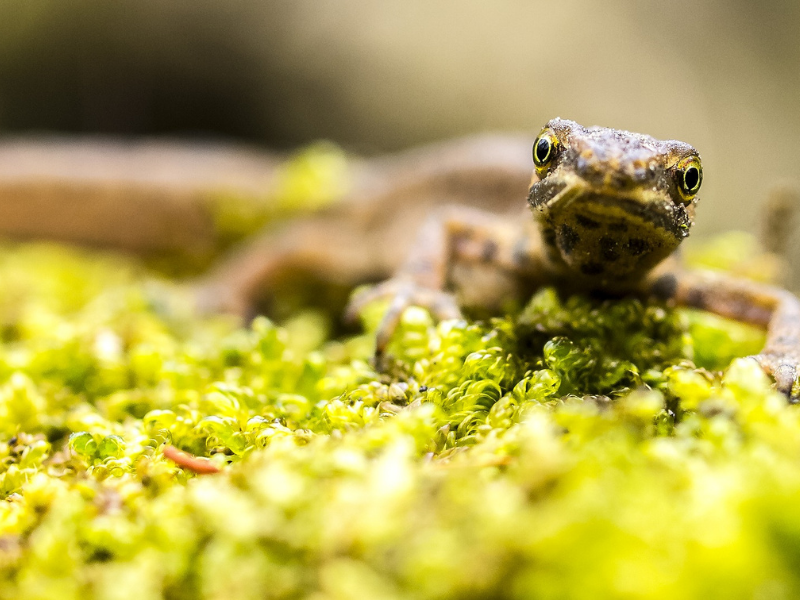
On a mild February night a handsome bachelor awakens from several months of hibernation. Packing a flexible tail whipping back and forth, glands that waft chemical signals to his prospective mate and a show-stopping crest – Mr Steal Your Girl is on the prowl. All this extravagance is necessary for the newt, as only the sperm packets dropped by males with the most striking physical displays will be collected by females to fertilise their eggs.
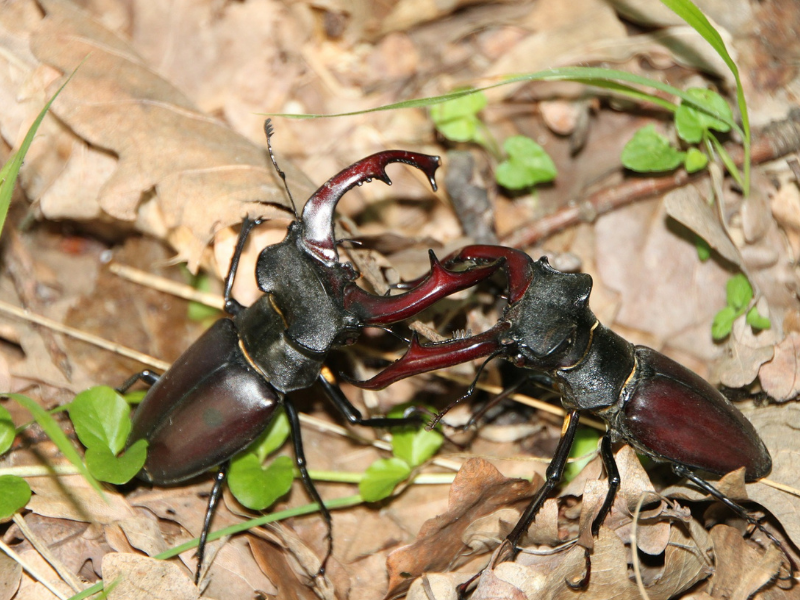
Not content with just showing off, many species put their bodies on the line to fight for their love. From boxing brown hares to entwined adders wrestling, this behaviour is found right across the animal kingdom. The species that commits perhaps the most is the stag beetle. A large male stag beetle can grow to a mighty (for a beetle) 8cm in length, with a large proportion of this dedicated to oversized mandibles, which he uses for scaring off and wrestling with other males.
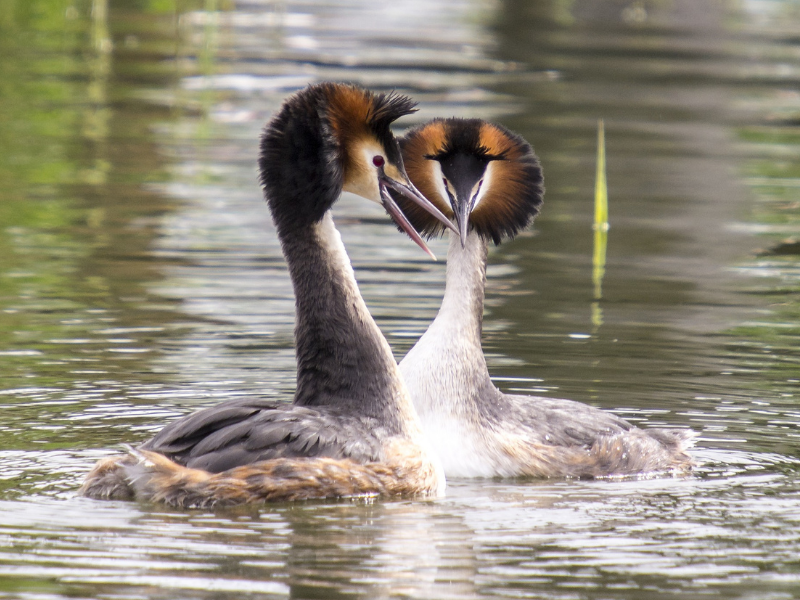
Fighting for your partner’s affection is plenty dramatic, but things get even more dramatic when they happen in the sky. The ‘sky dance’ is the imagination-catching name for the freefalling, twisting, turning and soaring display of strength and agility deployed by male hen harriers. Watching this spectacle must be a breattaking experience, but is sadly difficult due to the hen harrier’s status as the UK’s most intensively persecuted bird. Luckily, another spectacular show is in town – water ballet, courtesy of great crested grebes. As the name suggests, this performance uses a body of water to stage a delicate dance between male and female birds, ending with a flaring of the grebe’s characteristic ruff to seal their union.
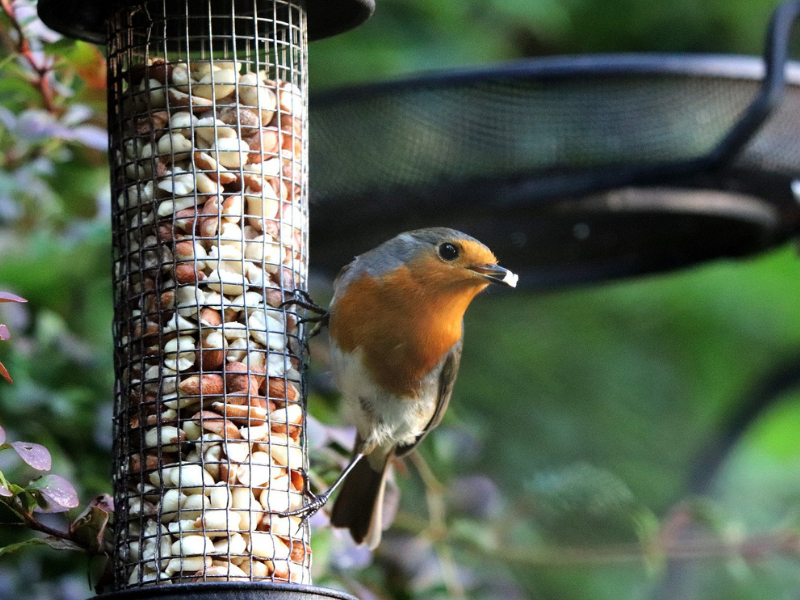
If what you’re looking for is a kind and attentive partner, then look no further than the UK’s favourite bird! Robins are known to engage in a rare behaviour known as courtship feeding. This describes the male robin bringing tasty treats, like flying insects, worms or scraps to his mate. Courtship feeding is however a bit of a misnomer, as the feeding doesn’t actually begin until after courting is complete and the female needs help getting her meals as she incubates the pair’s eggs.
Wild romances
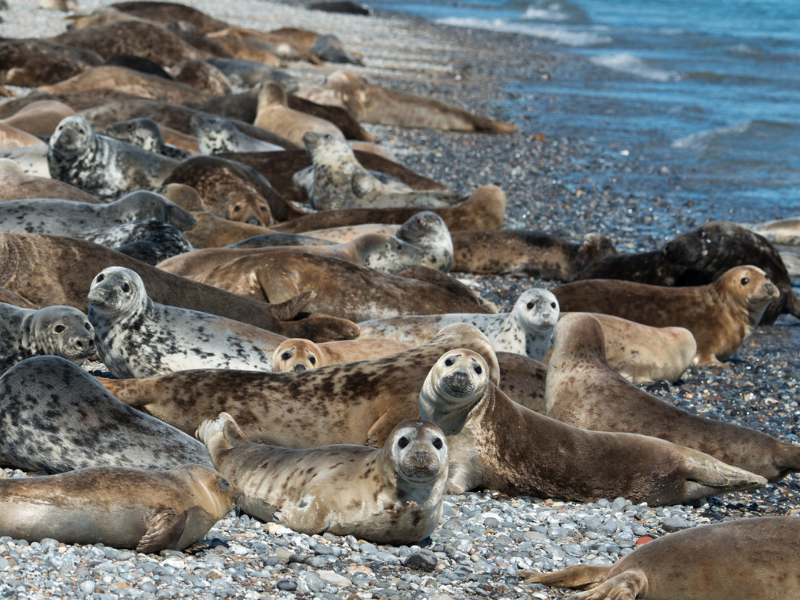
We might promise to love one person for the rest of time at Valentine’s Day, but in the animal kingdom polygamy is more typically the name of the game. This is when one individual has multiple reproductive partners. Most common is polygyny – one male with multiple females. Typically in polygynous species, a female is much more invested in the reproduction process. Females produce a small number of gametes – the eggs or ova – to which they devote a great deal of time and energy through gestation or incubation, then raising their young. In contrast, the male produces huge numbers of gametes – their sperm – which can be sown liberally with little thought to aftercare. So we get the classic “harem” model, such as with seals, where males will fight for the premium breeding grounds and females will flock to these spaces to breed. This means that dominant males will fertilise huge numbers of females, and females will benefit from the better breeding conditions and stronger genes meaning that their young are likely to grow up stronger.
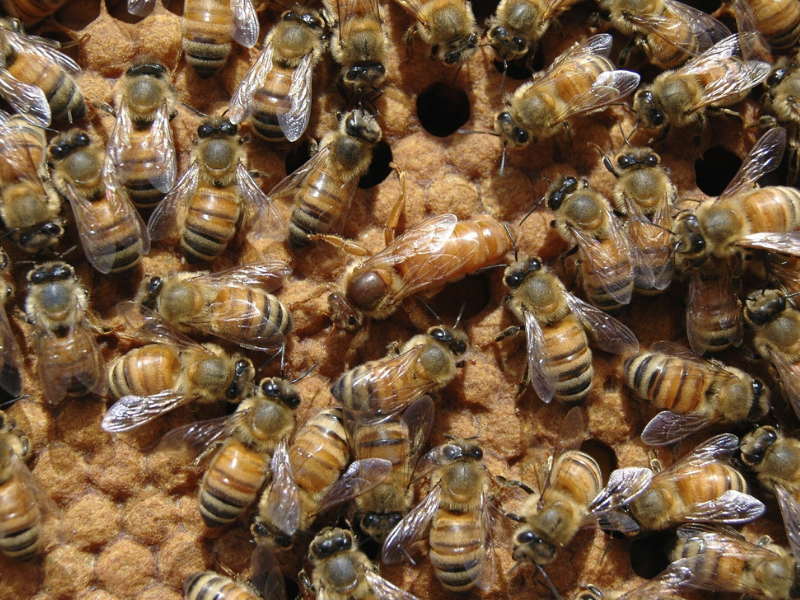
Polyandry – one female with multiple males – often occurs where less time and energy are invested in offspring by both males and females. These species might leave young to fend for themselves, or have so many young over a breeding season that having the highest quality genes isn’t so important. Rather than putting all their effort into finding the perfect father for a single offspring or brood, they produce a range of different genetic combinations, hoping that some will have the magic mix needed to get them to adulthood, and reproduction of their own. It is most common in insects such as honeybees, where a queen will mate with several males over the course of its reproductive life. Polyandry is also seen occasionally in birds, such as the dunnock. By producing multiple broods in a single breeding season with different males fertilising their eggs, the females take more of a “spread betting” approach to their reproduction. They rely on diversity in their offspring from the different genes to improve their chances of surviving.
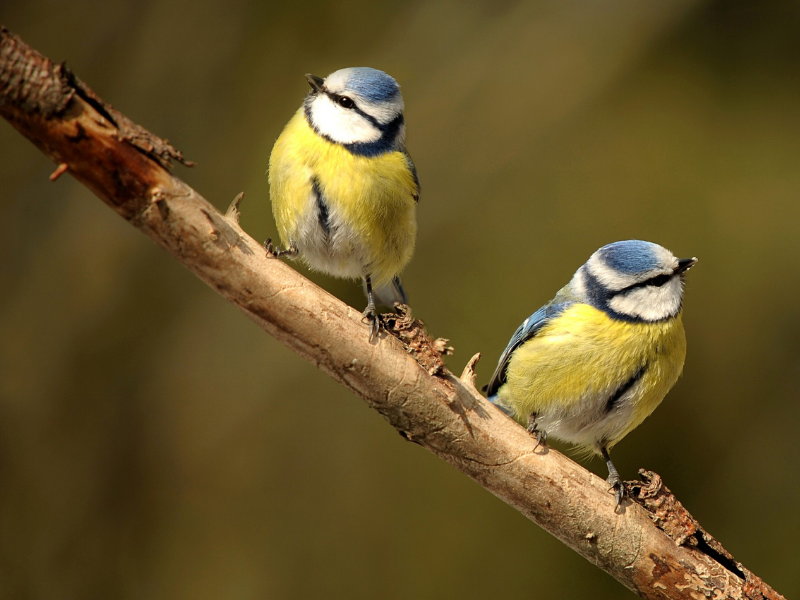
Even in apparently monogamous species, shenanigans are rife. Studies have shown that in many breeding pairs of birds, individual clutches will show genes from different males. For males, the chance to father offspring in a different nest and have another male do the hard work of rearing and feeding them g is very attractive. For females, balancing out a dutiful and attentive pairing partner with a dalliance with Him With The Shiny Plumage From Over The Way potentially delivers the best of both worlds in terms of genetic makeup and parental care. It is, as they say, complicated…
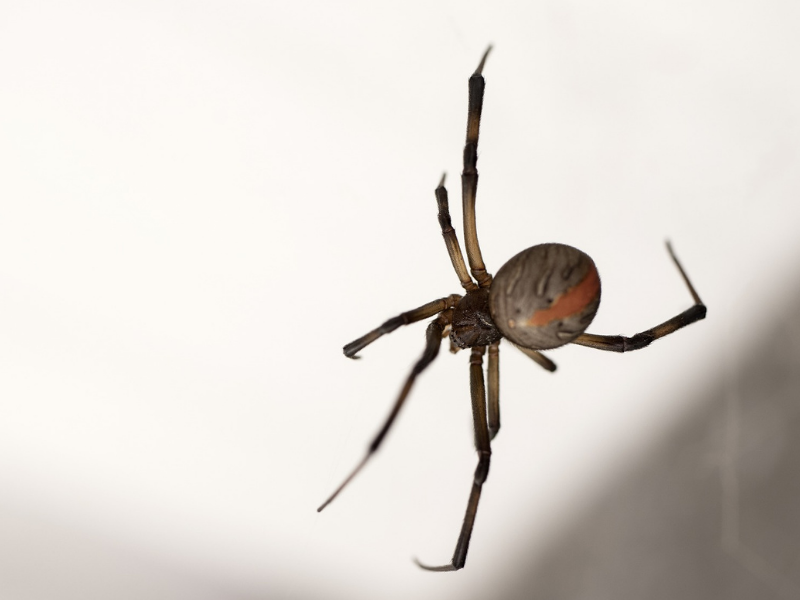
But it could be much worse! Pity the male redback spider, which gives its life during mating when it is devoured by the female. Studies show that this not only provides a nutritious snack for the female to boost the development of the young, but also prolongs the act of mating. Special mention should also be given to the Argonaut octopus! A male approaches a female about 30 times its size, and detaches a small, sperm filled limb. The female stores this limb in a library of similar organs from different males, which she will use over time to fertilise her eggs. The male doesn’t replace this limb but, with its ecological destiny fulfilled, simply withers and dies.
Happy Valentine’s Day, everyone!
